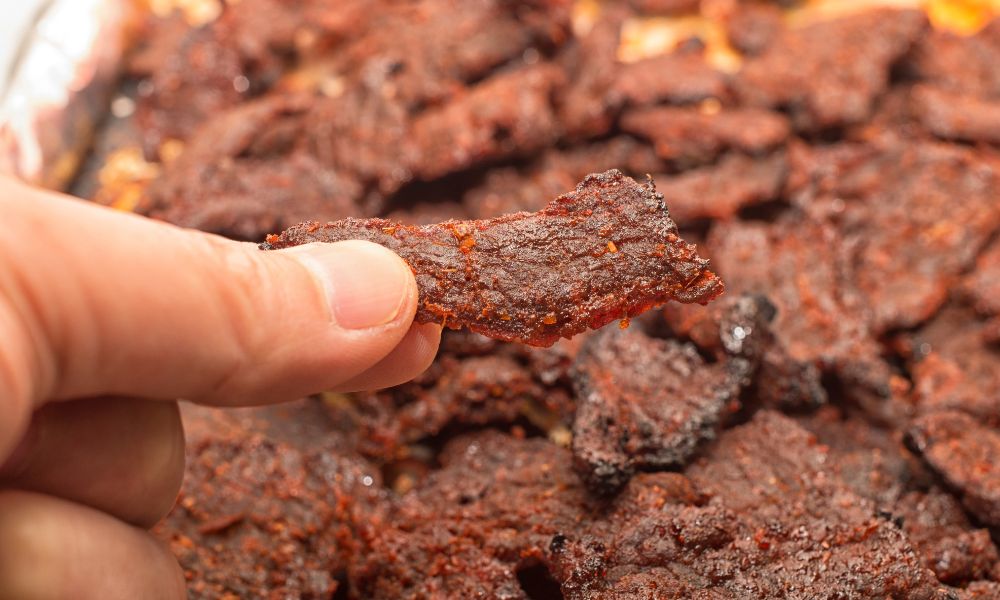
Adults often don’t consider the differences between adult and child diets. If you eat a certain way for a long time, it’s natural to forget the nutritional requirements for a kid’s eating habits. However, understanding the specifics of age-related diets is essential to protecting young children’s health and development.
Calorie Intake
The biggest difference between an adult’s and a child’s recommended diet is the required calorie intake. Most adults need 1,800–2,200 calories daily, depending on gender and fitness habits. Children younger than 14 don’t need that many calories, as too much consumption can cause weight-related issues. Here’s a basic breakdown of the perfect amount of calorie intake per age:
- 2–3: 1,000-1,400
- 4–8: 1,400-1,800
- 9–13: 1,600-2,200
- 14–30: 1,800-2,400
- 31–50: 1,800-2,200
- 51+: 1,600-2,000
As you can see, past the age of 14, calorie requirements are consistent. Conversely, children require different levels of intake every three to four years.
General Nutrients
Surprisingly, most adults and children require the same amount of available nutrients. These include minerals, proteins, carbohydrates, fats, and vitamins. The key difference here is that many adults consume a balanced amount of these nutrients, while many children require more of certain ones. If a child is lacking in a particular nutrient, they may need more targeted vitamins and minerals to ensure healthy development.
Additionally, empty calories (foods that lack essential nutrients) are more detrimental to a child’s health and well-being—instead, ensure you provide them with the most important food groups. Find fun ways to add proteins and healthy fats (such as Omega-3s) into their diets.
Dietary Restrictions
Children under the age of 5, regardless of allergies, shouldn’t eat certain foods. These dietary restrictions are in effect because toddlers and babies have weaker immune systems that are more vulnerable to specific things.
These foods include raw eggs, raw sprouts, uncooked fish, honey, and unpasteurized food/drinks. The biggest concern here is honey, which no child under the age of 1 should consume—it contains bacteria that cause botulism, which is sometimes fatal for infants. After the age of 5, these foods are safe for a well-balanced diet.
While subtle, there are many nutritional differences between adult and child diets. Pay attention to these specifics when feeding your children to better ensure their health and well-being.






